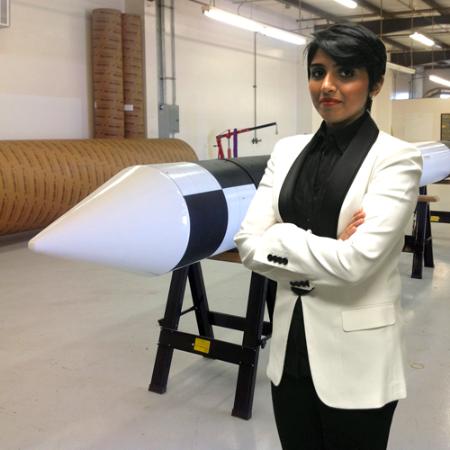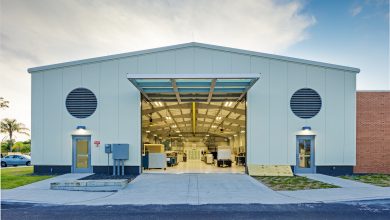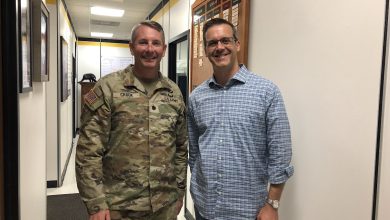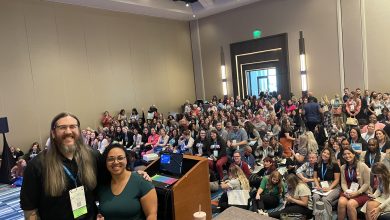Faced with leading or following, aerospace engineering alumna Mishaal Ashemimry chose to lead.
Many engineers share a similar origin story—one that inevitably involves a compulsion to tinker. Making models, fixing household items and star-gazing were the kinds of childhood memories that propelled Mishaal Ashemimry into pursuing a career in engineering.
“When I look back at the moment I was inspired, when I was six, it somehow puts things into perspective. I guess you can say I get my inspiration through my younger eyes staring at the sky in awe and enthusiasm,” says Mishaal in a recent interview with the Saudi Gazette.
Today, Mishaal serves as CEO of MISHAAL Aerospace based in Miami, Fla. Their goal is to send small satellites into orbit with cost-effective space access vehicles known as the M-Rocket Series. The rockets are comprised of two main vehicles, suborbital and orbital, and a hybrid rocket booster that is designed, developed and built completely in-house.

“My fascination with space started while gazing at the stars in the Unayzah desert. Since then my focus has been to become an aerospace engineer and contribute to the development of space vehicles and rockets,” says Mishaal.
In high school, it was clear that Mishaal was on the right path when her and her robotics team took first and third place in regional and national competitions. Then, after earning two bachelor’s degrees in aerospace engineering and applied mathematics at Florida Tech, Mishaal approached Dr. Daniel Kirk, associate head of mechanical and aerospace engineering department, to figure out what would be next.
“I discussed my field interests with Dr. Kirk and he presented several funded projects to me, the one that was most interesting was a project sponsored by NASA Marshall Space Flight center in the field of Nuclear Thermal Propulsion. He was excited that I decided to take on this project as he felt I was up for the challenge,” she says.
Thanks to Mishaal’s hard work, drive and professional rapport, the stars that she looked up to as a child shone upon her: NASA chose to pay for her master’s degree in aerospace engineering. After completing the program and publishing her research on nuclear thermal propulsion at the 43rd AIAA/ASME/SAE/ASEE Joint Propulsion Conference and Exhibit, Mishaal moved to Tucson to work for Raytheon Missile Systems. During her two years at Raytheon, Mishaal worked on over 20 different rocket programs.
Then Mishaal found herself at a crossroads. “When I left Raytheon it was difficult to find other jobs in the market. As a result I was faced with either moping around and waiting until a job opened or create my own,” she says. “Faced with either leading or following, I chose leading.”
And lead she did. Mishaal moved to Miami and launched the next stage of her career–MISHAAL Aerospace.
“The path to transforming a dream into a reality is an arduous one, which is full of obstacles and deterrents. One must not lose sight of the dream and have the perseverance to achieve it,” says Mishaal.
This past August, MISHAAL Aerospace conducted its first hybrid rocket test of its M-Rocket Series, the M-SV, and Mishaal’s dreams became reality. “The success of this test brought tears of joy to my eyes because it took blood, sweat, tears and a lot of hard work to get there,” she says.
Looking towards the future, Mishaal hopes to be part of an industry that will change our world and potentially others.
“In 20 years, I would like to see more investors taking risks in emerging aerospace companies to push the envelope with space technology,” she says. “Human colonization of the Moon and Mars can be quite possible, where mining efforts could lead to the discovery of new materials that can push our technologies even further. We will also see new countries take interest in space, leading to a larger aerospace effort globally.”
You can follow Mishaal and MISHAAL Aerospace on Facebook, Twitter, and LinkedIn, or visit her website http://www.mishaalaerospace.com/home





